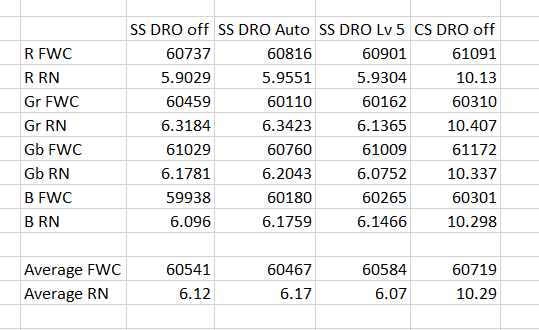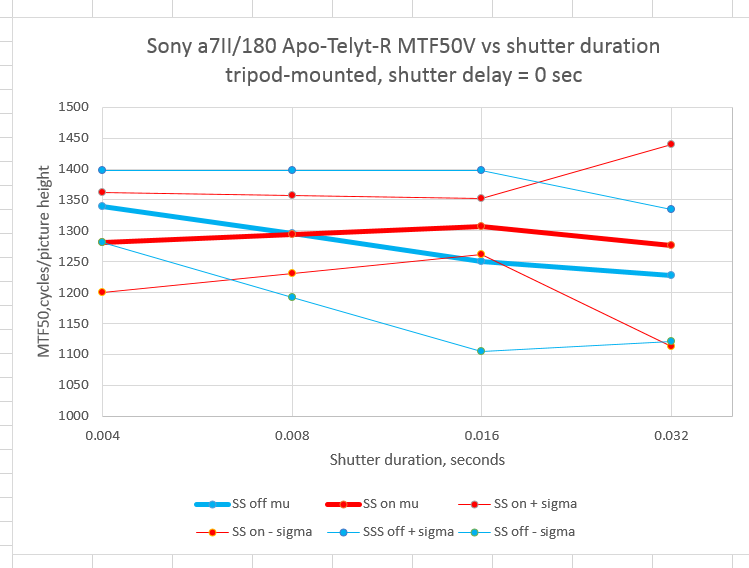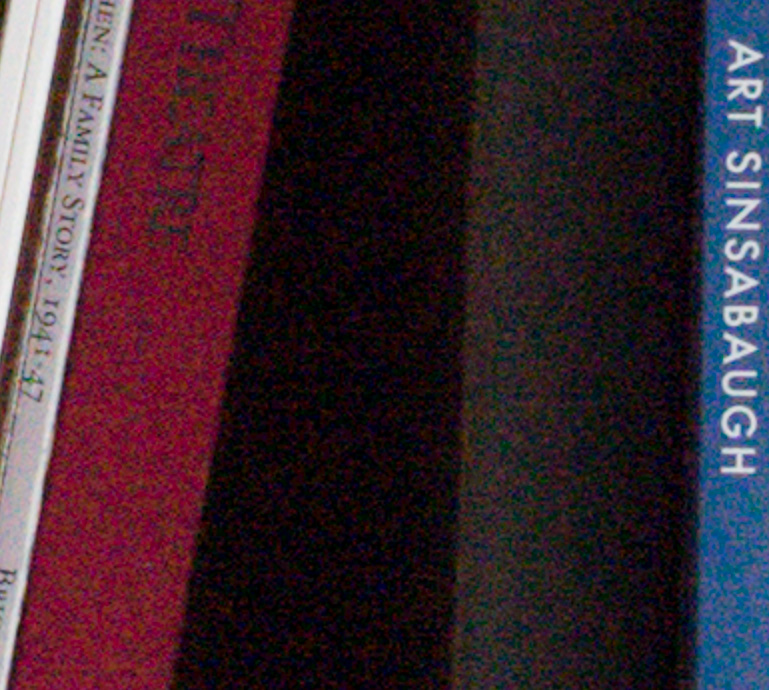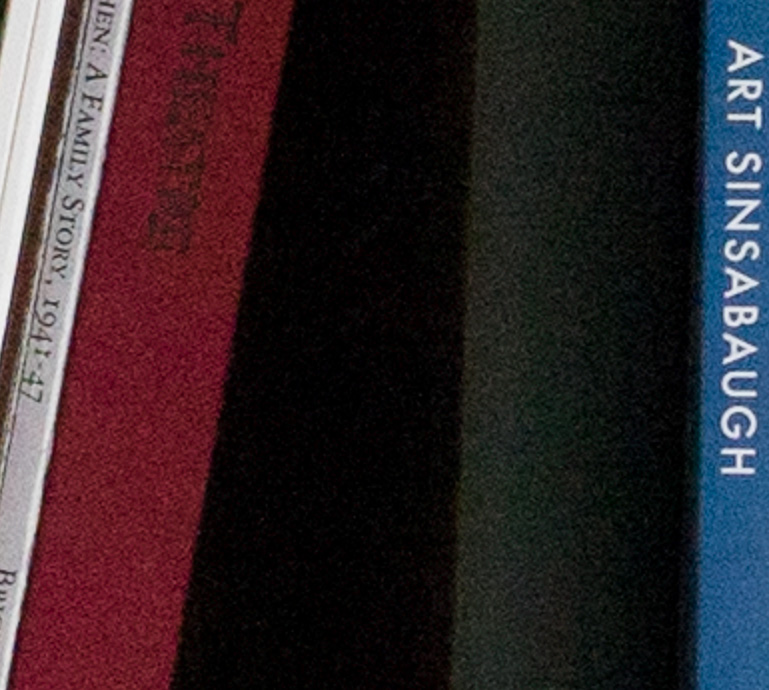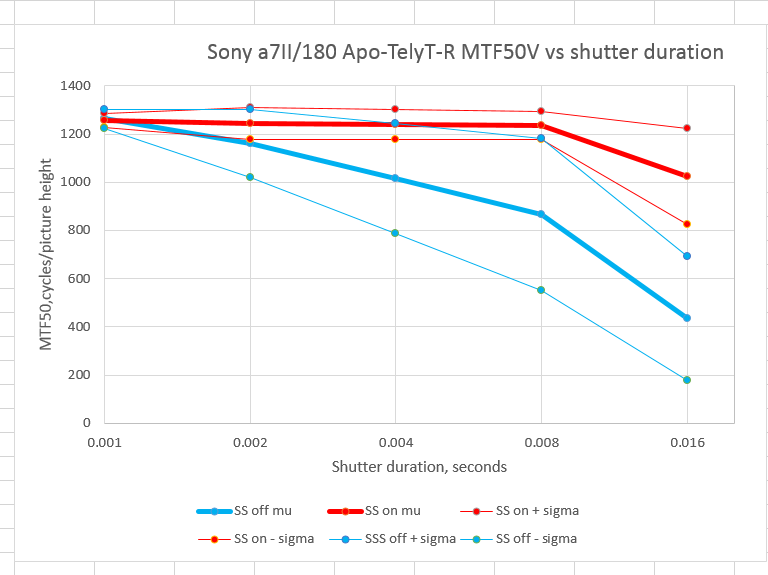I’ve been asked to look at whether the Sony alpha 7 Mark II Dynamic Range Optimizer (DRO) affects noise at low ISOs. I ran a photon transfer curve with the camera set four different ways: Shutter mode single shot, DRO off Shutter mode single shot, DRO Auto Shutter mode single shot, DRO Lv 5 Shutter… [Read More]
Tripod-mounted Sony a7II IBIS performance
I’ve read on a photographic forum — maybe I should stop reading those things; they’re making a lot of work for me — that the a7II in-body image stabilization (IBIS, aka SteadyShot) improves image quality even with the camera on a tripod. Since the conventional wisdom is to turn off image stabilization when the camera… [Read More]
a7II Lr push processing with no NR
From the mail bag: Good ISOless pictures today. The only question that comes to mind is whether LR’s default noise reduction parameters are fine tuned for the given ISO. I thought I read somewhere that they do that sometimes. Good point. Here are the images with sharpening and noise reduction turned off. But then there’s… [Read More]
Sony a7II pushed-processed images
We have seen from the graphs that the Sony a7II is pretty “ISO-less”. When I get a camera like that, I usually demonstrate the point with some real pictures. I put the 55mm Zony f/1.8 on the camera, mounted the camera to the RRS generic plate (the L-bracket isn’t yet available), the bracket to a… [Read More]
a7II IBIS with the 180mm Apo-Telyt-R
The Leica 180mm f/3.4 Apo-Telyt-R is about the longest lens that feels right handheld on the alpha 7 cameras, with the exception of the Sony 70-200 f/4 FE lens. The 180 is really quite well suited to the camera. How much does IBIS (known to Sony as SteadyShot) help? I employed a test protocol based… [Read More]
- « Previous Page
- 1
- …
- 377
- 378
- 379
- 380
- 381
- …
- 577
- Next Page »
